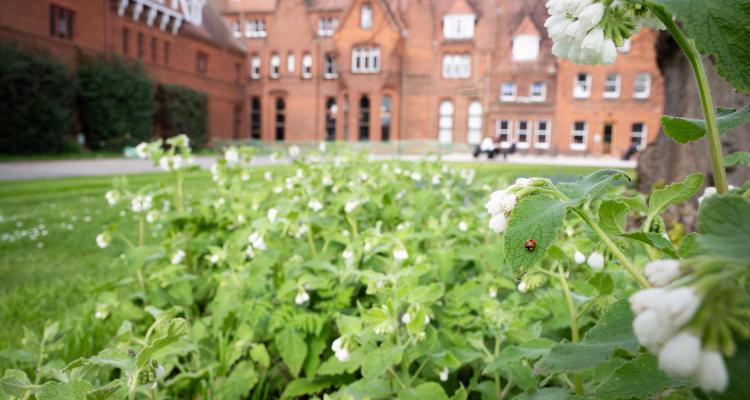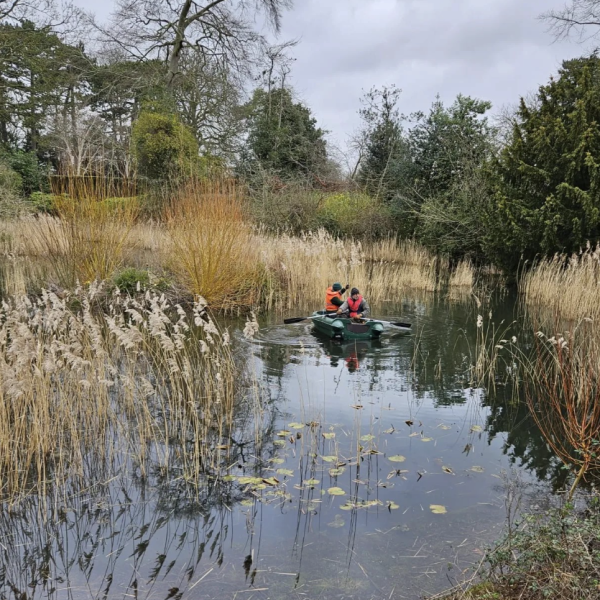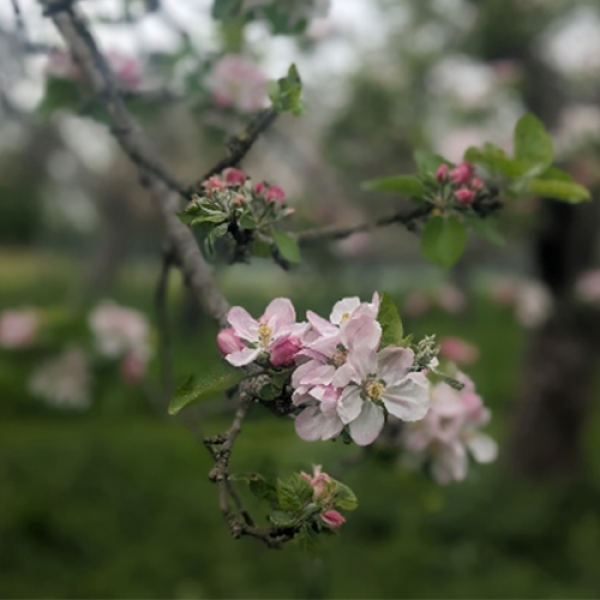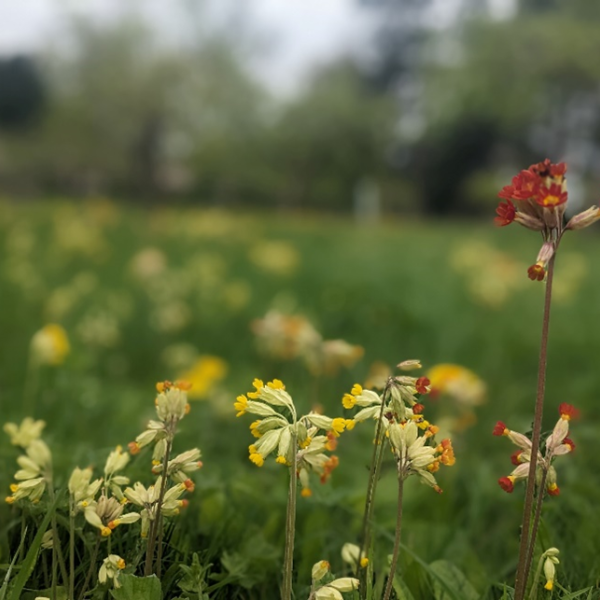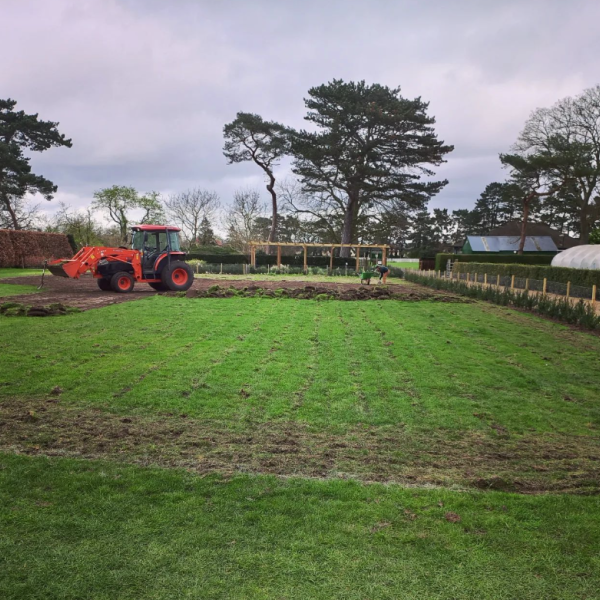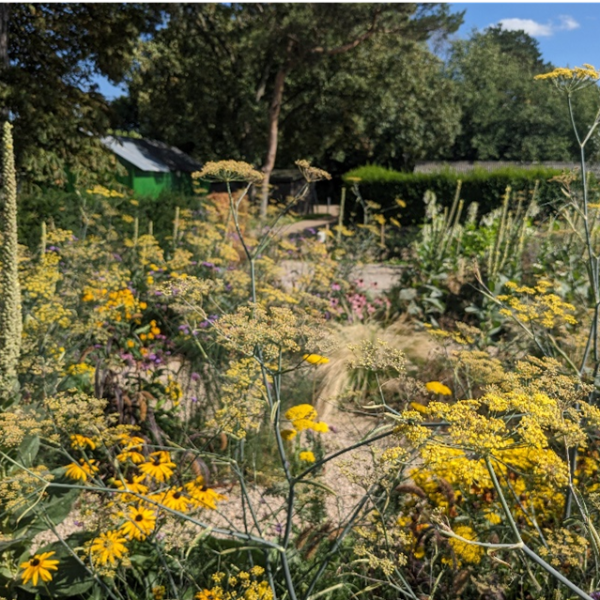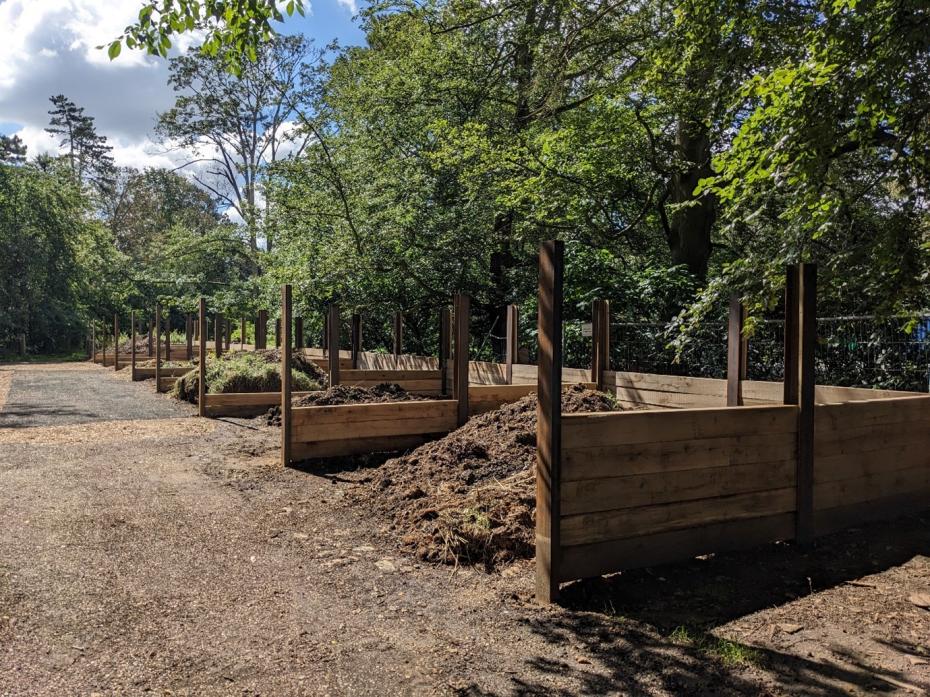Girton College is situated in 50 acres of bio-diverse green belt on the edge of Cambridge. The gardens, established early in the College’s history, are a combination of wild woodland, formal spaces, meadows, sports fields and an orchard.
‘…with gardens and grounds and everything that is good for body, soul and spirit’
- Emily Davies, 1866
The spirit of Girton, thriving and flourishing, continues to this day with our Gardens Team creating and expanding the wildlife-friendly and sustainable gardens.
To mark Earth Day 2024, which acts as a reminder of the importance of environmental conservation and sustainability, our Head Gardener, Julia Andersson, shares some of the projects the gardeners are working on.
Girton College is a good example of where many historical decisions, intentional or not, have created the perfect set-up for wildlife-friendly gardening. From the decision to locate further away from the city centre, plant extensive woodland belts to shelter against the chilling winds, establish orchards to feed the College and extract gravel for the Stanley Library’s foundation leaving behind a naturally formed pond, to mention a few.

